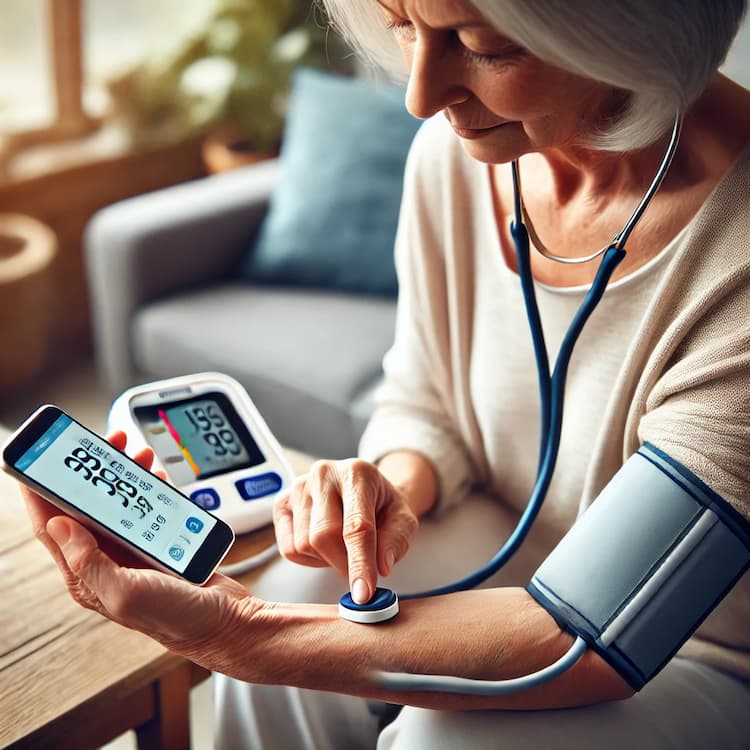Blood pressure monitoring has evolved significantly with the rise of digital health technologies. Modern devices offer not only accurate readings but also seamless synchronization with smartphone applications, making it easier to track and manage hypertension. Among the leading options, the Omron M500 and Omron RS4 are two prominent choices. Both devices cater to different user needs, but how effectively do they sync with health apps?
This article provides an in-depth comparison of the Omron M500 and Omron RS4, focusing on app synchronization, usability, and practical benefits. By the end, you’ll have a clear understanding of which device better integrates with mobile health tracking and suits your lifestyle.
The integration of digital tools in healthcare allows for better patient monitoring, early detection of cardiovascular issues, and improved treatment adherence. Studies suggest that individuals who regularly track their blood pressure using connected devices are more likely to manage hypertension effectively.
Both the Omron M500 and Omron RS4 offer Bluetooth connectivity, but how well do they sync? Effective app synchronization is essential because it allows:

| Feature | Omron M500 | Omron RS4 |
|---|---|---|
| Device Type | Upper arm monitor | Wrist monitor |
| Cuff Fit | Standard & Large (22-42 cm) | Fits wrists 13.5-21.5 cm |
| Ease of Use | One-touch operation, LED guide | Compact, travel-friendly |
| Display | Large backlit screen | Medium-size screen |
Verdict: The Omron M500 is more versatile due to its large cuff range, making it suitable for different arm sizes. The RS4, being a wrist monitor, is more portable and convenient for travel.
| Feature | Omron M500 | Omron RS4 |
|---|---|---|
| Measurement Method | Oscillometric, IntelliWrap cuff | Oscillometric, wrist positioning sensor |
| Validation | Clinically validated | Clinically validated |
| Motion Detection | Yes | Yes |
| Irregular Heartbeat Detection | Yes | Yes |
Verdict: While both devices provide clinically validated readings, upper-arm monitors like the Omron M500 are generally more accurate than wrist monitors. Wrist monitors can be affected by arm positioning, requiring extra care during use.
| Feature | Omron M500 | Omron RS4 |
|---|---|---|
| Bluetooth Connection | Yes | Yes |
| Compatible App | Omron Connect | Omron Connect |
| Data Sync Speed | Fast | Moderate |
| Multiple User Support | Yes (2 users) | No |
Verdict: The Omron M500 syncs more effectively with the Omron Connect app. It offers faster data transfers and multi-user support, making it the better choice for households or individuals with frequent tracking needs.
| Feature | Omron M500 | Omron RS4 |
|---|---|---|
| Battery Type | 4x AA Batteries | 2x AAA Batteries |
| Battery Life | ~1000 measurements | ~300 measurements |
| Power Adapter Option | Yes | No |
Verdict: Omron M500 wins with longer battery life and an optional AC adapter, reducing dependency on disposable batteries.

Based on app synchronization efficiency, the Omron M500 is the clear winner. It offers faster Bluetooth syncing, multi-user support, and a more robust battery life, making it a better choice for individuals who want reliable and seamless app integration.
However, if portability is your primary concern, the Omron RS4 remains a good option due to its compact, wrist-based design.